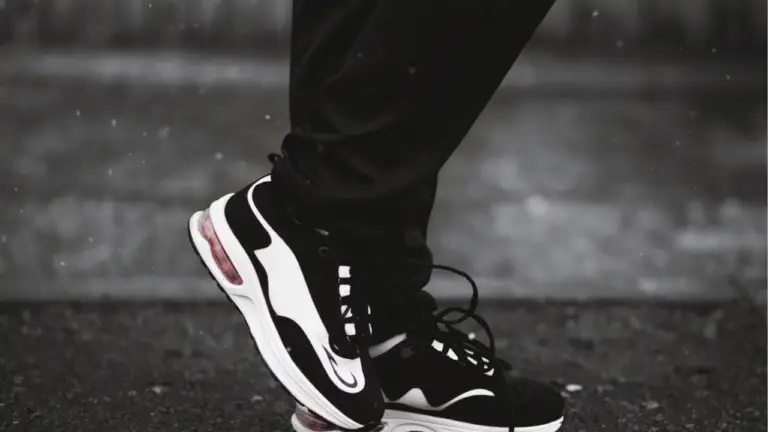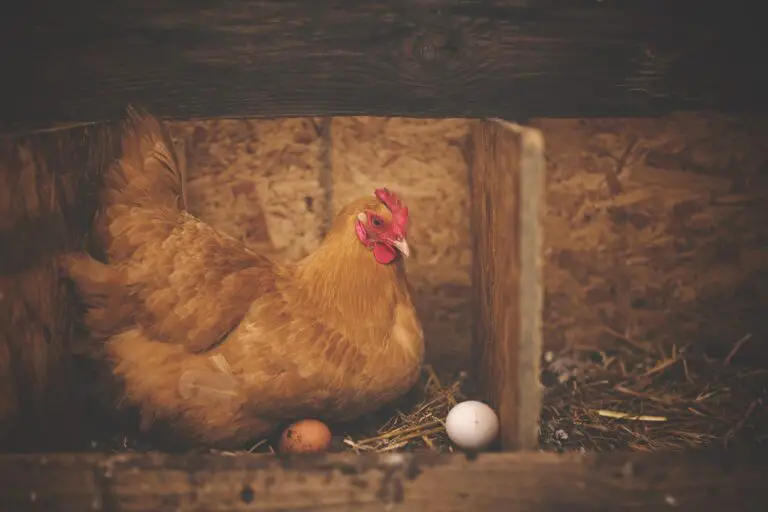How Long Do Water Beads Last?

Water beads, also known as hydrogel beads or water crystals, are popular for their ability to absorb and retain water, making them a favorite for plant enthusiasts, decorators, and sensory play activities. These tiny, colorful beads start off as small, hard pellets and expand significantly when soaked in water. But how long do they actually last? This comprehensive article explores the longevity of water beads under various conditions, their uses, and tips for maximizing their lifespan.
Water beads typically last from a few days to several years, depending on their environment and how they are used. Proper care and maintenance can significantly extend their lifespan.
The Initial Hydration Period
Water beads initially last for a few days to a couple of weeks once hydrated. During this period, they are at their maximum size, displaying their vibrant colors and optimal water retention. The lifespan at this stage largely depends on the environment. For example, in an open-air setting, they might start to shrink within a few days as they gradually lose moisture. However, in a closed container, they can maintain their size and effectiveness for up to two weeks.
To prolong their hydration period, it’s important to keep them in a cool, shaded area away from direct sunlight. Exposure to heat and light accelerates the evaporation process, causing the beads to shrink and lose their effectiveness more quickly.
Longevity in Storage
When stored properly, water beads can last for several years. After their initial use, water beads can be dried out and rehydrated when needed. To store them, simply spread them out on a flat surface and allow them to air dry. Once they return to their original size, place them in an airtight container and store them in a cool, dry place. This method of storage prevents mold growth and keeps the beads in good condition for future use.
If maintained correctly, dried water beads can be rehydrated multiple times without significant degradation in their quality. However, over time, they may become less effective in water absorption and may need to be replaced after a few rehydration cycles.
Environmental Factors Affecting Longevity
Several environmental factors can affect the longevity of water beads. Exposure to direct sunlight, high temperatures, and fluctuating humidity levels can all reduce their lifespan. UV rays from the sun can break down the polymers in the beads, causing them to degrade more quickly. Similarly, high temperatures can accelerate evaporation, leading to quicker shrinking of the beads.
Maintaining a stable environment with moderate humidity levels can help extend the life of water beads. Using them indoors, away from windows and heating sources, is ideal for maximizing their longevity.
Usage and Wear and Tear
The way water beads are used also impacts their lifespan. Frequent handling, especially in sensory play activities, can cause them to wear down faster. The beads might break apart or become less effective at retaining water with constant manipulation. For decorative purposes, such as in vases or centerpieces, water beads tend to last longer since they are subject to less physical stress.
To mitigate wear and tear, consider using water beads in settings where they won’t be disturbed often. Additionally, replacing the beads periodically if they start to break down will ensure that they remain effective and visually appealing.
Tips for Extending the Life of Water Beads
To get the most out of your water beads, follow these simple tips:
- Proper Hydration: Always follow the recommended soaking time and water amount for hydration. Over-soaking or under-soaking can affect their performance.
- Cool Storage: Store unused beads in a cool, dry place, and keep hydrated beads in a closed container to prevent evaporation.
- Minimal Handling: Limit the amount of physical manipulation to reduce wear and tear.
- Avoid Sunlight: Keep the beads out of direct sunlight to prevent degradation from UV rays.
By following these guidelines, you can significantly extend the life of your water beads, making them a cost-effective and sustainable choice for various applications.






